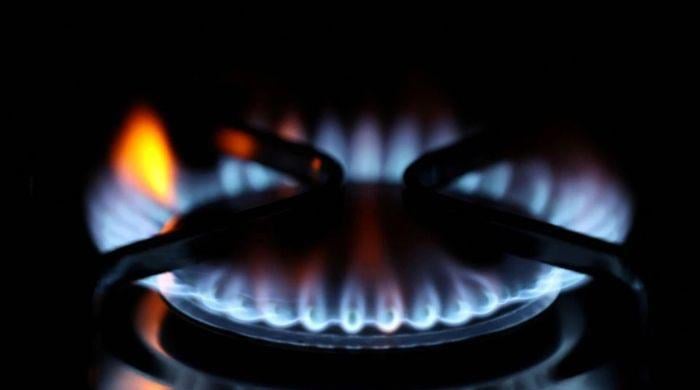[ad_1]
- LNG cargo from SOCAR may not reach in January 2024.
- Gas shortfall to escalate to 470 MMCFD in same month.
- Distressed LNG availability has become difficult: official.
ISLAMABAD: As winter approaches in Pakistan, the country is likely to face a severe gas crisis as the LNG cargo from Azerbaijan’s state-owned company, SOCAR, may not reach in January 2024, the officials of energy ministry told The News.
Before the impending non-provision of LNG cargo, the country was estimated to brave the gas shortfall of 360 million cubic feet per day (MMCFD) in the next month of December 2023, which will escalate to 470 MMCFD in January 2024 despite restricting the gas availability to the domestic sector just for 8 hours at cooking times only.
Now the expected non-availability of SOCAR cargo would further aggravate the gas crisis in January and force the government to reduce gas availability to the domestic sector from eight hours to just six hours.
“The vibes coming in from SOCAR suggest that it may not be able to offer the price of distressed LNG cargo for January,” relevant officials said.
During the previous government tenure headed by the then premier Shehbaz Sharif, a GtG deal was made with Azeri firm SOCAR, under which it is bound to provide one LNG cargo a month.
Pakistan and Azerbaijan on July 25, 2023, inked an agreement for one year, which is also extendable to another year. Under the agreement, SOCAR Trading Company-UK will offer one LNG cargo 45 days before the start of the relevant delivery window, and each offer for the cargo will have a set validity period during which PLL may accept the offer.
SOCAR seems evasive from offering the LNG cargo for January as the Western economies have started showing buoyancy, and distressed LNG availability has become difficult, the official opined, adding that the Azeri firm is bound to offer 45 days before the delivery of the cargo.
The time is still there and SOCAR may come up with the offer for January 2024, said the official.
Pakistan LNG Limited (PLL) is also planning to market its tenders for spot cargoes for January but PLL has sought the PPRA rules exemptions from the two issues, one from 30 days response time and the second from 15 days bid validity time.
So far, the process is underway. Once, the exemptions are granted, PLL will go for tenders seeking spot cargos for January and it would have to respond and decide the same day after some hours.
When asked if the LNG trading companies would come up with bids for January like before, the government purchased one cargo from Vitol based on its lowest bid.
However, the PLL purchased one cargo from SOCAR keeping its price 10-20 cents less than the lowest bid of Vitol. The market players believe that the bids were used last time to purchase one LNG cargo from SOCAR. The official said the impression was wrong, as SOCAR had offered its price separately under its process.
The government functionaries had earlier worked out that the gas deficit of 160 MMCFD would stay in December and 170 MMCFD in January in the Sui Southern System. However, in Sui Northern’s system, the gas deficit would be at 200 MMCFD in December and 300 MMCDF in January, and the gas shortfall will remain in December at 360 MMCFD which will increase in January to 470 MMCFD.
However, in January, the gas crisis may increase because of the non-availability of LNG cargo from SOCAR. The officials said that from January 2024, Pakistan will start getting four-term cargo at 10.2% of the Brent from Qatar instead of three cargoes. The country is already getting five cargoes from the same country at 13.37% of the Brent at terminal one. ENI is also providing one-term cargo at 12.05% of the Brent price.
Since the demand for gas in Sui Northern goes up to 1,100 MMCFD, and 960 MMCFD in January, Pakistan needs two more spot cargos in the month. This seems difficult as the bidders will come up with inflated prices keeping in view their last bids experience. The local gas production has reduced to 3.19 bcfd, decreasing by 9-10% every year.
Originally published in The News
[ad_2]
Source link




